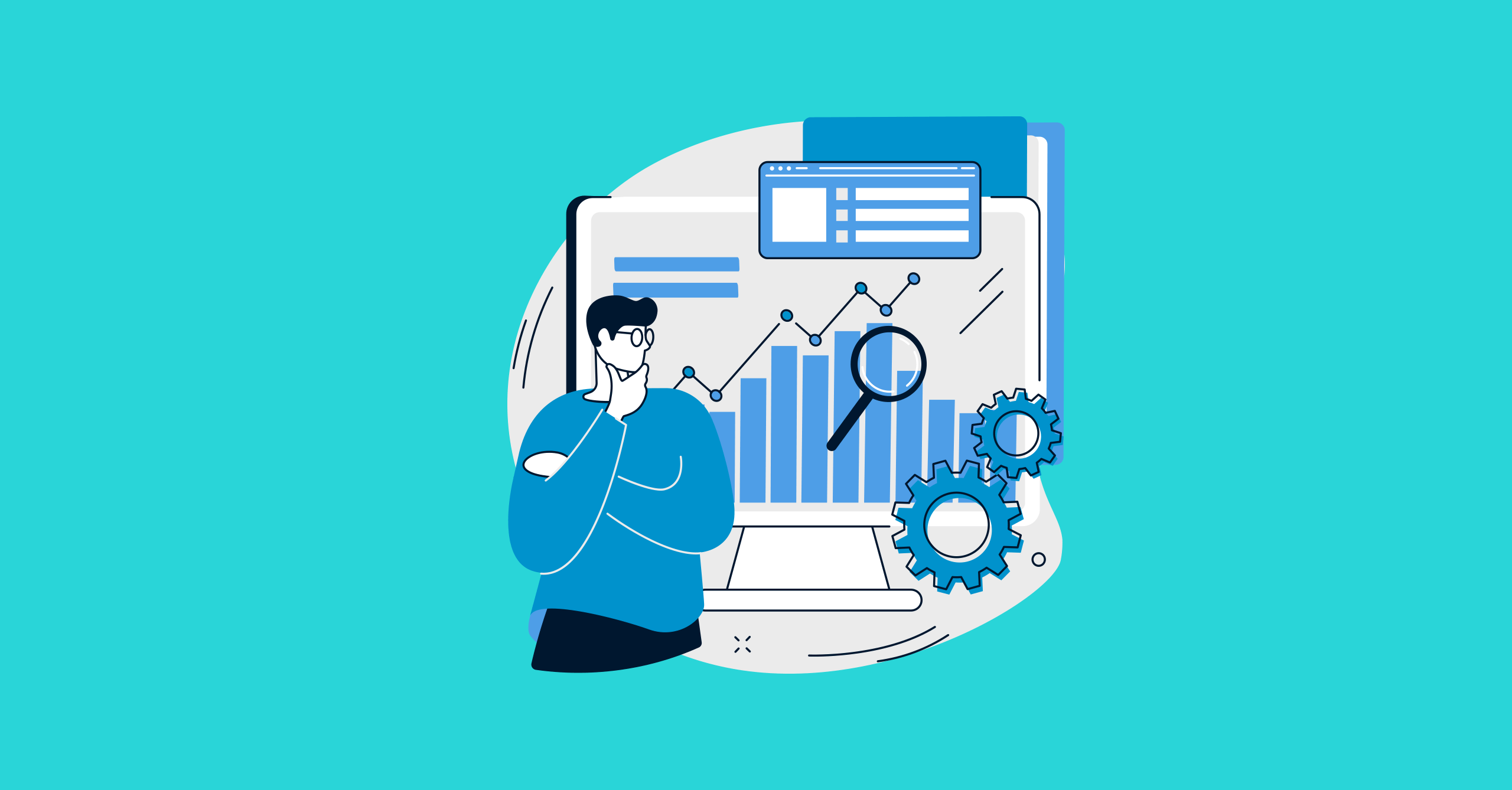What is AIOps and How Does It Work?
IT operations teams deal with thousands of system alerts, hundreds of log entries, and complex infrastructure data every day. The problem is often not the abundance of data, but the inability to make sense of it. When an application slows down or a system crashes, finding the root cause can often take hours — even days. Meet the technology that intelligently solves this complexity: AIOps (Artificial Intelligence for IT Operations). The answer of what is AIOps, a modern IT operations management approach that combines artificial intelligence & machine learning with automation.
What makes it powerful is its ability to instantly analyze millions of pieces of data from different sources (logs, metrics, traces) and turn them into meaningful insights.

The core components of what is AIOps can be listed as follows:
Data Ingestion: All operational data such as logs, performance metrics, and event logs are collected.
Analysis Layer: Performs machine learning models, anomaly detection, event correlation, and root cause analysis.
Automation Layer: Takes automatic action on events affecting the system (e.g., restarting a service or reallocating resources).
This structure allows AIOps to transform a reactive approach into a proactive model. IT teams now move from a structure that only “intervenes when a problem arises” to smart operations that predict problems in advance and take preventive measures.
Technical note: what is AIOps means; the systems use pattern recognition algorithms to match similar event clusters and reduce false positives.
Operational Challenges of the Digital Age
IT operations are no longer as straightforward as they used to be. Applications run in the cloud, infrastructures have become hybrid, and millions of data points flow through systems every second. Manual monitoring methods are insufficient in this complex environment. The result: slow response times, increased costs, and user dissatisfaction.
Many IT teams today face a similar scenario: hundreds of dashboards, thousands of alerts, and ever-increasing operational pressure. Artificial Intelligence for IT Operations transforms IT operations from a system that merely observes to one that learns and takes action. It doesn’t just detect incidents; it identifies root causes, analyzes patterns, and takes automated actions to prevent recurrence.
🎯 Example: A global financial institution reduced incident resolution time by 45% by filtering out all but the critical 500 alerts from 10,000 daily alerts using an AIOps application.
The Intersection of AIOps and IT Operations
Traditional IT operations (ITSM, ITAM, etc.) often struggle with data-driven decision-making. Each system collects information from different sources, preventing a holistic analysis of events. One of the critical answer of what is AIOps approach eliminates these silos, providing a single, centralized observability.
Visit our page for more information and observability solutions!
Key Benefits of AIOps for IT Operations:
Intelligent Prioritization in Incident Management: Non-critical alerts are filtered out, allowing the team to focus only on important incidents.
Self-Healing Systems: When AIOps detects an error, it applies a solution without the need for human intervention.
Proactive Operations Management: Detects small changes in system behavior to prevent potential outages in advance.
For IT operations managers, this means not only time savings, but also higher SLA compliance, reduced operational costs, and increased reliability.
AIOps Implementation Process: Where to Start?
Many organizations ask the question, “Where do I start?” when transitioning to AIOps. The truth is, this is not a “one-time product,” but a continuously learning ecosystem. The following four steps are critical for successful integration:
1. Identify Data Sources
Integrate all your ITSM, monitoring, and log management tools.
2. Start with a Pilot Project
Apply AIOps to a single system or process and measure the results.
3. Model Training and Validation
AI models learn over time, so manual validation is important in the initial stages.
4. Establish a Continuous Feedback Loop
Increase accuracy by incorporating your teams’ feedback into the model.
Application Example:
An e-commerce company can proactively detect “checkout errors” by integrating the Artificial Intelligence for IT Operations approach into its customer experience infrastructure.
Result: 35% less downtime, 25% faster transaction speed.
Conclusion – The Role of AIOps in the Future of IT Operations
What is AIOps means not just a technical tool; it is an accelerator of corporate digital transformation. It moves IT teams away from reactive management and towards proactive, data-driven decision-making processes.
Organizations can now manage not the complex infrastructure itself, but the intelligence that this infrastructure produces.
Organizations investing in this approach today achieve:
- Fewer outages,
- Higher user satisfaction,
- And a scalable IT infrastructure.
Especially with SPIDYA ITSM:
- You can quickly deploy AIOps-based operations,
- Reduce incident resolution time,
- Automate your IT operations and achieve measurable efficiency gains.
In the near future, autonomous operations supported by Artificial Intelligence for IT Operations are expected to become one of the standard approaches for digital businesses. If your organization wants to increase IT efficiency, accelerate incident management, and reduce costs, now is the time to take action with SPIDYA ITSM!




